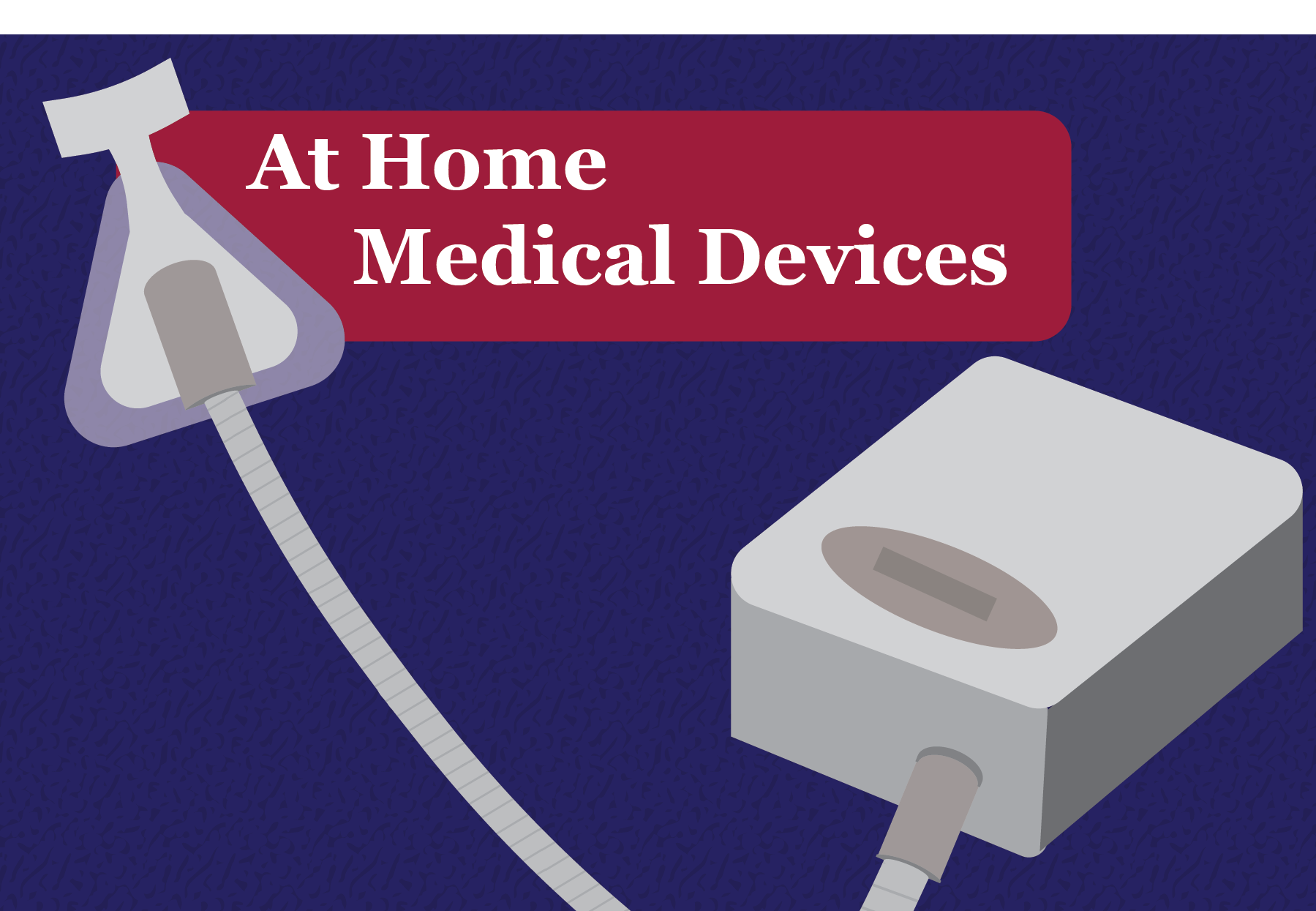When most people hear the term “medical device”, they think of surgical and hospital tools, like stethoscopes or surgical staplers. With advancing technology and the population’s increasing interest in staying healthy, the field of at-home medical technology is seeing a boom with things like do-it-yourself colorectal cancer screening kits, advancing CPAP machines, wearable heart rate and blood pressure monitors, and more.
As this technology develops, the FDA and its Center for Devices and Radiological Health (CDRH) has also had to develop how to oversee the manufacture, performance, and safety of these devices being used in non-clinical settings. In 2010, the FDA launched the Medical Device Home Use Initiative which aims to support the safe use of medical devices in the home and collaborate with manufacturers on design considerations that will reduce the number of problems that may occur in the home environment.1
The first of many considerations that manufacturers should consider when designing at home medical devices is the location the device will be used in. Unlike a clinical setting where you can generally expect the environment to be suitable for medical treatment, the landscape for home use devices is a vast range. Everything from different electrical supplies and voltage rates to atmospheric pressure differences need to be considered. In addition to that, what happens to the device if there is power loss? What if the device experiences extreme fluctuations in temperature? Is the device portable and is the user able to travel with it? The FDA recommends that a summary of any applicable environmental considerations be included with the premarket submission for the design.2
Another critical design consideration for at-home devices is user and human factors. The user population may be extremely diverse; including people with very different physical, perceptual, cognitive, and emotional abilities. Unlike medical professionals, home users may not receive adequate training or may not be able to understand complex labeling. In order to prevent reasonably foreseeable misuse of the device, all considerations should be well-thought-out, and the device should be designed for ease of use and understanding.3 This design consideration can be the most critical, so several standards have been developed to help companies demonstrate that they have applied best practices. For example, IEC 62366-1: 2015 Medical Devices – Part 1 – Application of Usability Engineering to Medical Devices is an international standard that “Specifies a process for a manufacturer to analyze, specify, design, verify and validate usability, as it relates to safety of a medical device.”4
Medical device developers and manufacturers can expect to see the push towards at home devices from consumers, and the relevant push towards expanding design controls with non-clinical considerations from the FDA.
Need help with design controls for your medical device? We can help! Contact us at 248-987-4497 or email info@emmainternational.com.
1FDA (August 2018) Home Use Devices Initiative retrieved on 09/24/2019 from https://www.fda.gov/medical-devices/home-use-devices/home-use-devices-initiative
2FDA (November 2014) Design Considerations for Devices Intended for Home Use retrieved on 09/25/2019 from https://www.fda.gov/media/84830/download
3Story, NCBI (2010) Medical Devices in Home Health Care retrieved on 09/26/2019 from https://www.ncbi.nlm.nih.gov/books/NBK210047/
4ISO (February 2015) Medical Devices – Part 1: Application of usability engineering to medical devices retrieved on 09/26/2019 from https://www.iso.org/standard/63179.html





